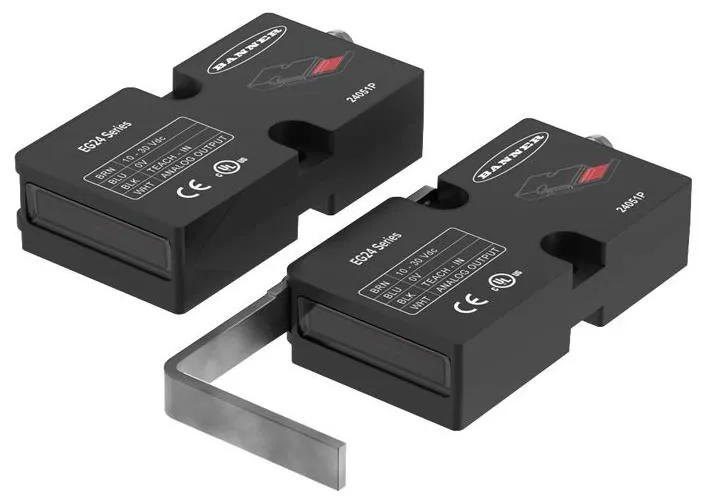美军事部门正开发可看墙后生物传感器
近期,美国军事部门DARPA正在开发一种可以看到墙后物体的生物传感器。当遇到墙壁和路障,我们无法看后后面的物体,这对人们尤其是军事部门的人很不方便。

生物传感器模型
该计划被称为“生物识别技术AT-T距离”,定义为:根据DARPA的项目计划结合了前两个:墙壁,后面可以看到雷达的范围,而且可以检测背后的墙壁人的心跳。
热到热像仪的活体墙回检测超出了DARPA可能的,也可看到至少10米。遵循背后的心脏的电活动的人的生理功能墙,也可以检测。
这项技术可检测多达10人在一个房间里。DARPA的倡议,特别是在恢复操作或尽量减少生命损失和修复策略,以不伤害无辜的目标。(生物谷Bioon.com)
DARPA’s Sensors will Pick up Your Heartbeat in a Crowd
By ranina sanglap| November 23, 2011 5:32 PM EST
Soon the U.S. military will have something akin to X-ray vision. Researchers at the Defense Advanced Research Projects Agency are working on improving its sensors to track a person's heartbeat through walls and even pinpoint it in a crowd.
Called "Biometrics-at-a-distance," DARPA's program seeks to build sensors that can record human vital signs greater than 10 meters using non-line-of-sight methods and do so for up to 10 people at the same time.
The program will essentially be a blend of two existing Pentagon projects: the Radar Scope and the LifeReader. The Radar Scope was developed in 2006 and uses radar waves to see through walls and detect the subject's breathing. The Life Reader is a system that uses Doppler radar to find heartbeats. The military has also been using scanners like "Sense Through the Wall" and TiaLinx's Eagle scanner that can detect the presence of humans and animals through walls.
Like us on Facebook
DARPA seeks a system that can combine all these technologies into one device that can do it better. It's planned "Biometrics-at-a-distance" will be able to see much farther than current sensors. Some see-through devices can only see through eight inches of concrete, but DARPA is working on a device to see farther than 10 meters in crowded areas. Seeing or "sensing" if there are enemies through walls will be a big help to troops and even police officers who will be one step ahead of what's on the other side of the door.
DARPA is also adding another feature that will make it harder for fugitives to hide from their sensors. A person's heartbeat is unique to the individual so DARPA is going to use electrocardiography, the analysis of the heart's electrical activity to identify up to 10 different individuals.
The new sensor won't just be used for military applications. Having the ability to find heartbeats will be helpful in disaster rescue efforts where victims could be trapped under miles of rubble.
免责声明:本文仅代表作者个人观点,与自动化网无关。对本文及其中内容、文字的真实性、完整性、及时性,本站不作任何保证或承诺。请读者仅供参考。







评论排行